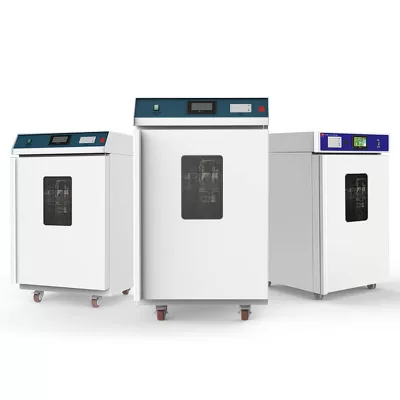
In fields like healthcare, pharmaceuticals, food production, and cosmetics, ensuring product sterility and safety is of paramount importance. Ethylene Oxide Sterilizers are widely recognized as essential equipment in achieving this critical goal. This article delves into the working principles, applications, and the indispensable role of Ethylene Oxide Sterilizers in safeguarding lives and health.
1. The Working Principles of Ethylene Oxide Sterilizers
Ethylene Oxide (EO) is a gas known for its highly effective sterilization properties. It operates through the following mechanisms:
Gas Permeability: Ethylene Oxide exhibits outstanding permeability, enabling it to penetrate various packaging materials, including plastics, paper, and fabrics, reaching every nook and cranny of the sterilized items.
Microbial Destruction: Once inside the sterilized items, Ethylene Oxide begins to eradicate microorganisms, including bacteria, fungi, spores, and viruses. It disrupts the DNA and RNA of these microorganisms, inhibiting their replication.
Gentle Nature: Ethylene Oxide’s low-temperature sterilization process is relatively gentle, preventing heat damage to sensitive medical devices or drugs.
2. Applications of Ethylene Oxide Sterilization
Ethylene Oxide Sterilizers find extensive applications in several industries, including:
Healthcare: Medical instruments, surgical supplies, and pharmaceutical packaging demand aseptic conditions. Ethylene Oxide Sterilizers ensure that these products are safe for use.
Pharmaceuticals: Pharmaceutical companies employ Ethylene Oxide Sterilizers to guarantee the purity and sterility of drugs and vaccines.
Food Industry: Food packaging, seasonings, and spices, among other products, require sterilization to extend shelf life.
Cosmetics Industry: Cosmetics and personal care products necessitate aseptic sterilization to prevent microbial contamination.
3. Safety and Regulations
While Ethylene Oxide is an efficient sterilant, it is also a hazardous gas, flammable, and toxic. Therefore, strict adherence to safety and regulatory requirements is mandatory when using Ethylene Oxide Sterilizers, including proper ventilation, gas concentration monitoring, and staff training.
4. Future Trends
With continuous advancements in scientific and technological fields, Ethylene Oxide sterilization techniques are evolving. The future may bring about safer and more efficient sterilization methods to meet the growing demands.
Conclusion
Ethylene Oxide Sterilizers play a crucial role in ensuring product sterility and safety in industries such as healthcare, pharmaceuticals, food production, and cosmetics. However, their use requires strict compliance with safety and regulatory standards to ensure operational safety and efficacy. As technology advances, Ethylene Oxide sterilization techniques will continue to evolve to adapt to changing needs.
